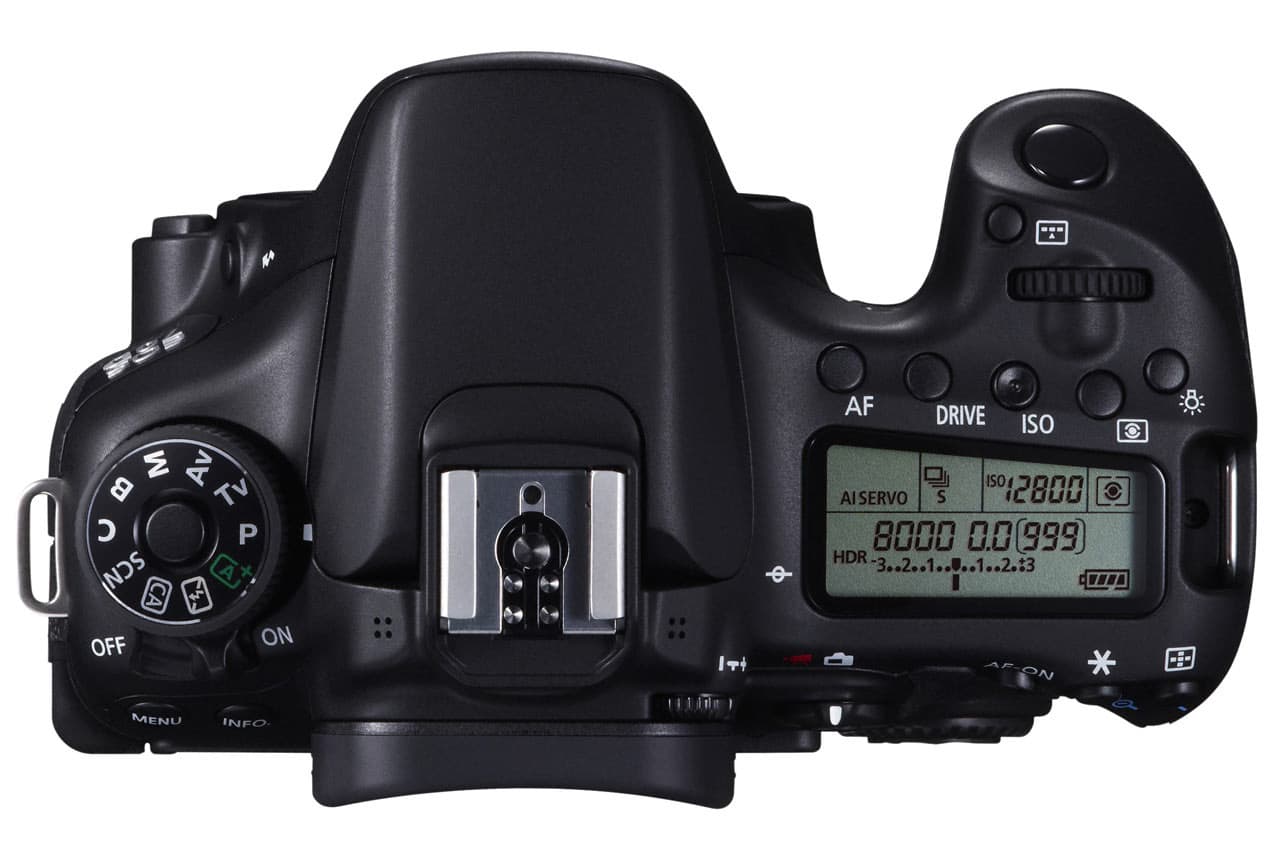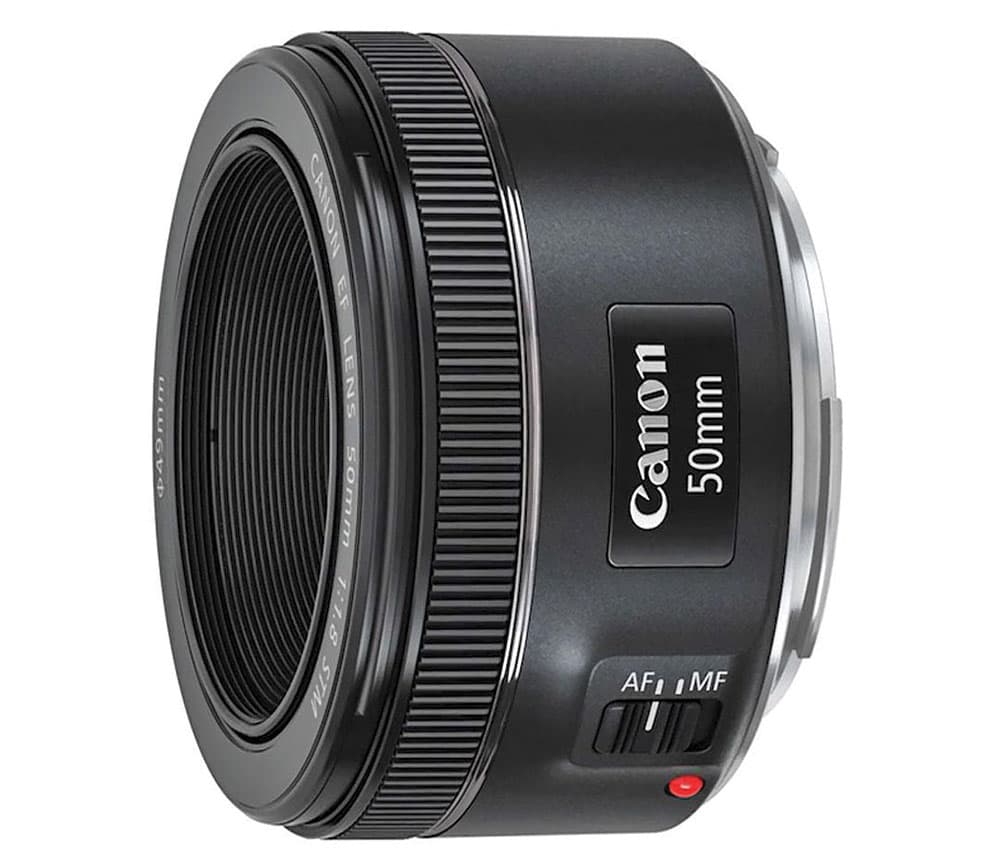You know where you are when you’re shooting with a Canon DSLR camera. Guest writer John Bridges shares his thoughts.
You know where you are with a Canon, whether you’re using a Canon EOS 60D, 70D, 80D, or 90D, they all look the same, and when it’s time to upgrade you just buy the next one in the list, such as the 70D or the 80D, you don’t even need to think about it or look into what’s new and different with the new cameras, you just buy the new one when it comes out.
In fact, Canon has made it even easier with the Canon EOS 5D, you just buy the next EOS 5D, the Mark II, if you have the original one, the Mark III when you’ve had enough of the Mark II, and the Mark IV, when you’ve had enough of the III.
Above all else, you need to ensure that the D is at the end of the number, if the D is at the beginning of the number, then you’re entering Nikon territory!
Can you tell the difference?
It doesn’t matter whether you’re using a new Canon and it’s the latest and greatest or an older Canon, they all look and feel the same, all the buttons and controls are in the same place, and have got a reassuring build quality. The grip and shutter release buttons all look the same and feel the same. They also all deliver the same photos. Sure, if you’re technical, you could look into all the specific details, but I’d rather be taking photos.
Cover up the number on the camera, and you could even pretend to have the latest version, and impress your friends.

Canon EOS 90D Top, or is it? Can you tell the difference?
Same as it ever was, the 50mm 1.8 lens…
Similarly with the lens choice you have – it doesn’t matter you can choose the Canon 50mm f/1.8 and then Canon and will come out with a new 50mm f/1.8 II and then later another 50mm f/1.8 STM lens, so that when I want to make a change, I can just buy the newest version. Not that there’s anything wrong with the 50mm lens I already have.
It doesn’t matter which one you buy, they’re all the same. You know where you are with the Canon 50mm f/1.8 lens, you don’t have to worry about innovation here, you don’t have to worry about some new unique or weird lens coming along in the DSLR world… You can leave that to the Mirrorless cameras.
Zoom lenses…
I think the same can be said can be said with the zoom lenses, you don’t have to worry about anything weird coming along like with mirrorless cameras. You know you can go out and get a 24-70mm (so popular are these, Canon have a total of four 24-70mm lenses just for fun, albeit two have IS, and one is an f/4, rather than f/2.8). Want to be different, like to go against the flow? Have a look at the Tamron, Sigma, or Tokina 24-70mm lenses.
It’s as though they all know the secret, the 24-70mm is the only lens you’ll ever need (that and the 50mm 1.8, obviously). In fact, you can leave it constantly on your camera, and never change lenses, you’ll find the 50mm setting in the middle of 24 and 70mm anyway. Keep things simple, stupid.
But if you do want another lens…
There’s also the 70-200mm lens, the other must have lens when it comes to DSLRs (after the 24-70mm, and 50mm lens). In fact, there are multiple 70-200mm lens. Why try something new, when you can release a 70-200mm lens over and over again. Canon being so keen on this lens, that they give you the choice of 6 different EF 70-200mm lenses currently listed on their website!*
You know where you are with a 70-200mm lens. But be aware, there are other lenses, some have the audacity to offer a slightly different zoom range, there is even a 70-210mm lens out there, but as I’ve been saying, stick to what you know, and you know what you’re getting with a 70-200mm lens. A 70-210mm lens is obviously inferior to the 70-200mm lens, simply for the fact that it’s different.
Because everyone else uses Canon, you can grab a bargain!
Canon’s EF lenses and cameras have been around for years, there’s plenty of them, and you can find an absolute bargain buying second hand. Want a 50mm f1.8 lens? You can get a new one for £129 for the fancy STM version, but get one of the others, and you’re looking at paying just £66 second-hand. One of the many reasons why I only buy Canon DSLRs.
If it isn’t broken, why fix it?
Image Stabilisation – I don’t need Image Stabilisation or IS, or in-body image stabilisation. Everyone knows the rule of thumb, you just use a shutter speed the same or faster than you lens’ focal length, so 1/50s on a 50mm lens, or faster, and you’re sorted. Plus, by using faster shutter speeds, I don’t need to worry about motion blur or movement of the subject, like I would have to if I were using a slower shutter speed and image stabilisation.
Eye/face detection AF – I don’t need eye or face detection auto-focus. When I get a portrait shot in focus using auto focus I want to know that it was due to my own hard work taking multiple shots just to make sure I got the eye(s) in focus, and it was my technique and skills, not some fancy intelligent time saving AF system that decided for me that the eyes should be in focus.
Don’t get me started on video…
This article is intended to be a humourous look at the camera market, perhaps even satire, and could be as equally applied to other brands.
*Canon EF 70-200mm lenses listed on canon.co.uk:
- Canon EF 70-200mm f/2.8L IS III USM
- Canon EF 70-200mm f/2.8L IS II USM
- Canon EF 70-200mm f/2.8L USM
- Canon EF 70-200mm f/4L IS II USM
- Canon EF 70-200mm f/4L IS USM
- Canon EF 70-200mm f/4L USM












